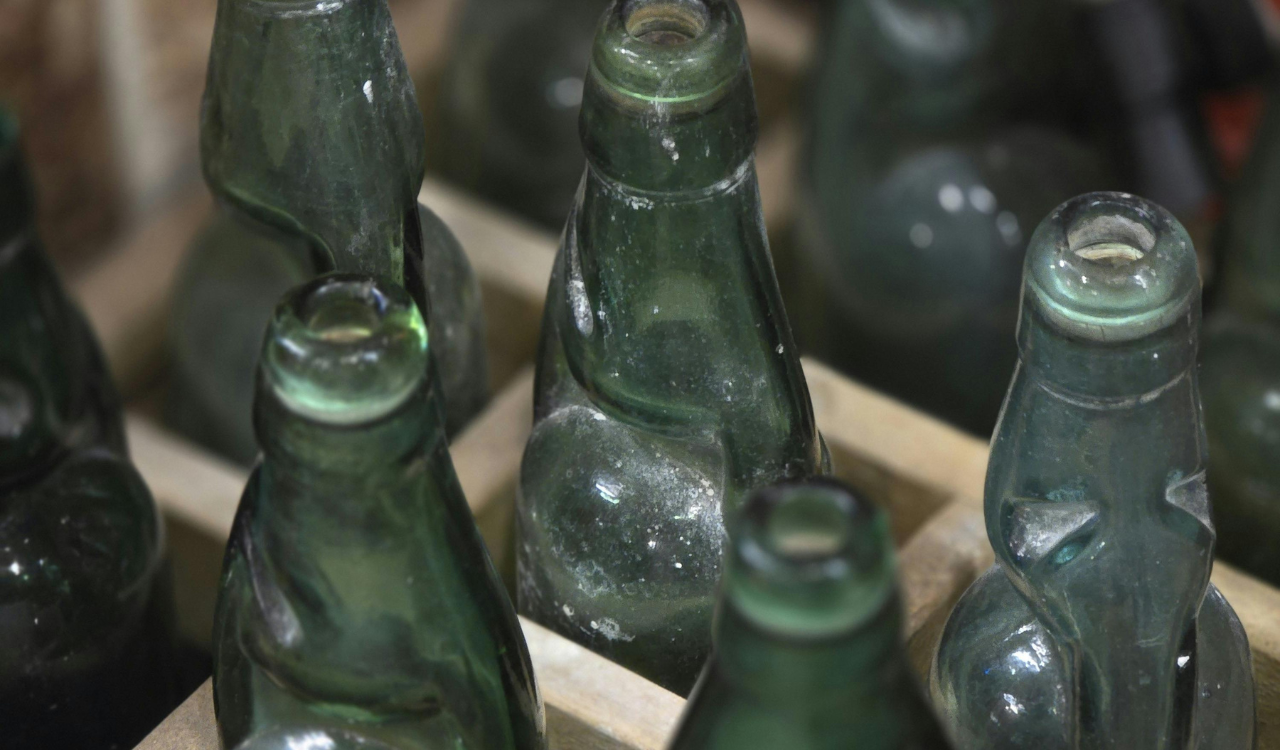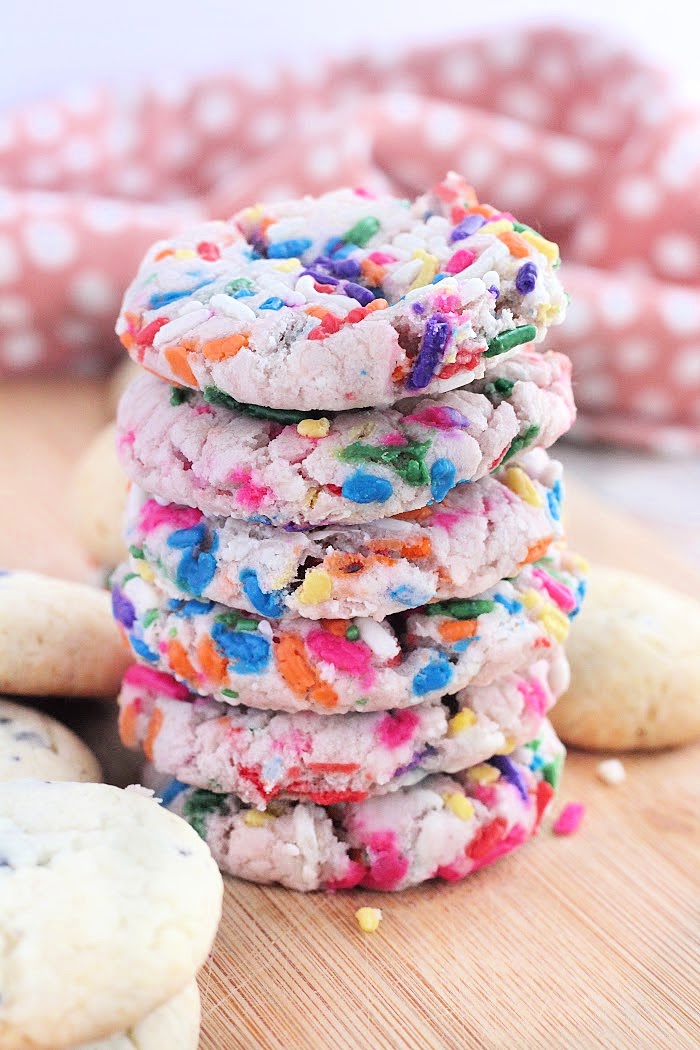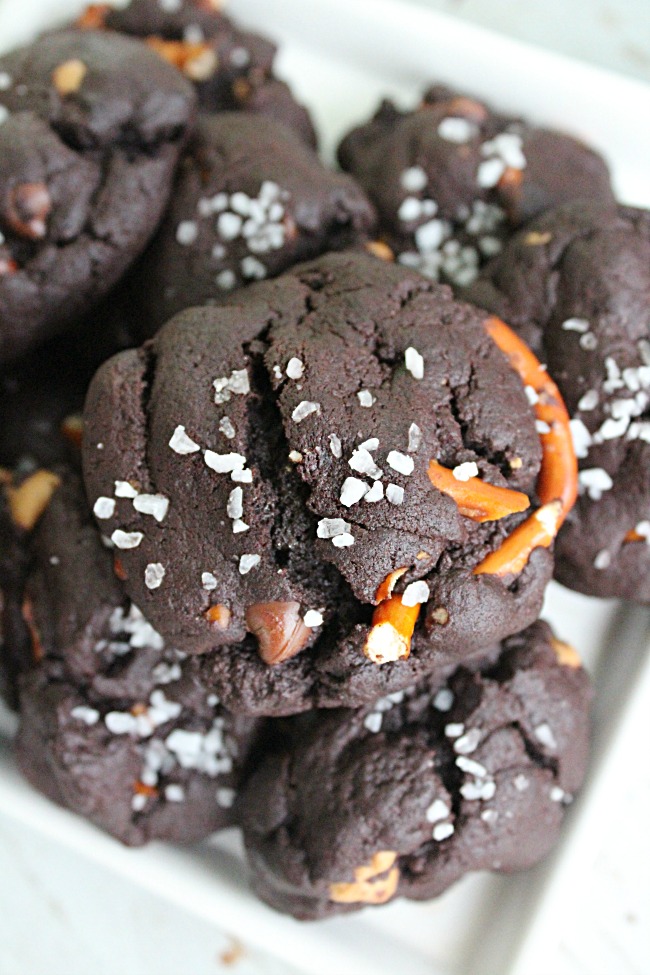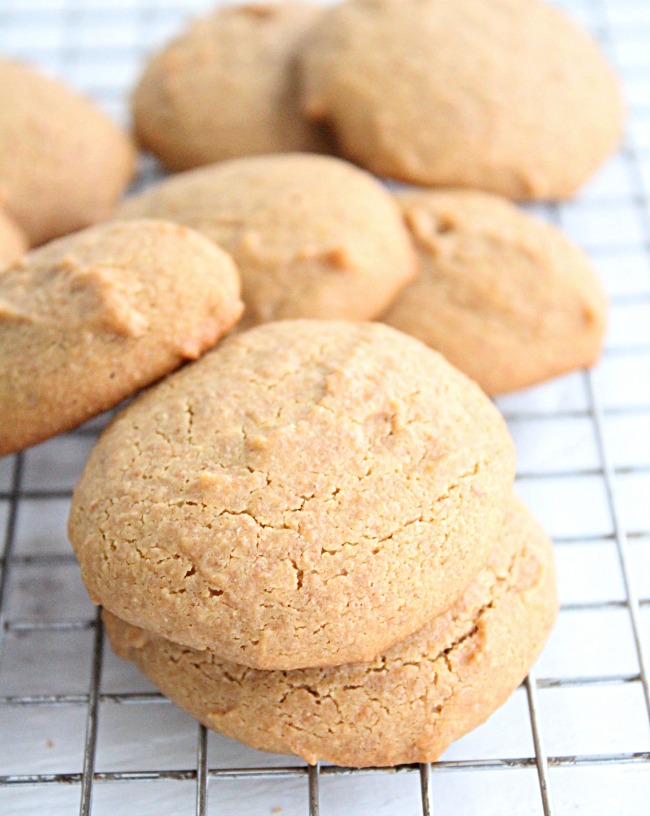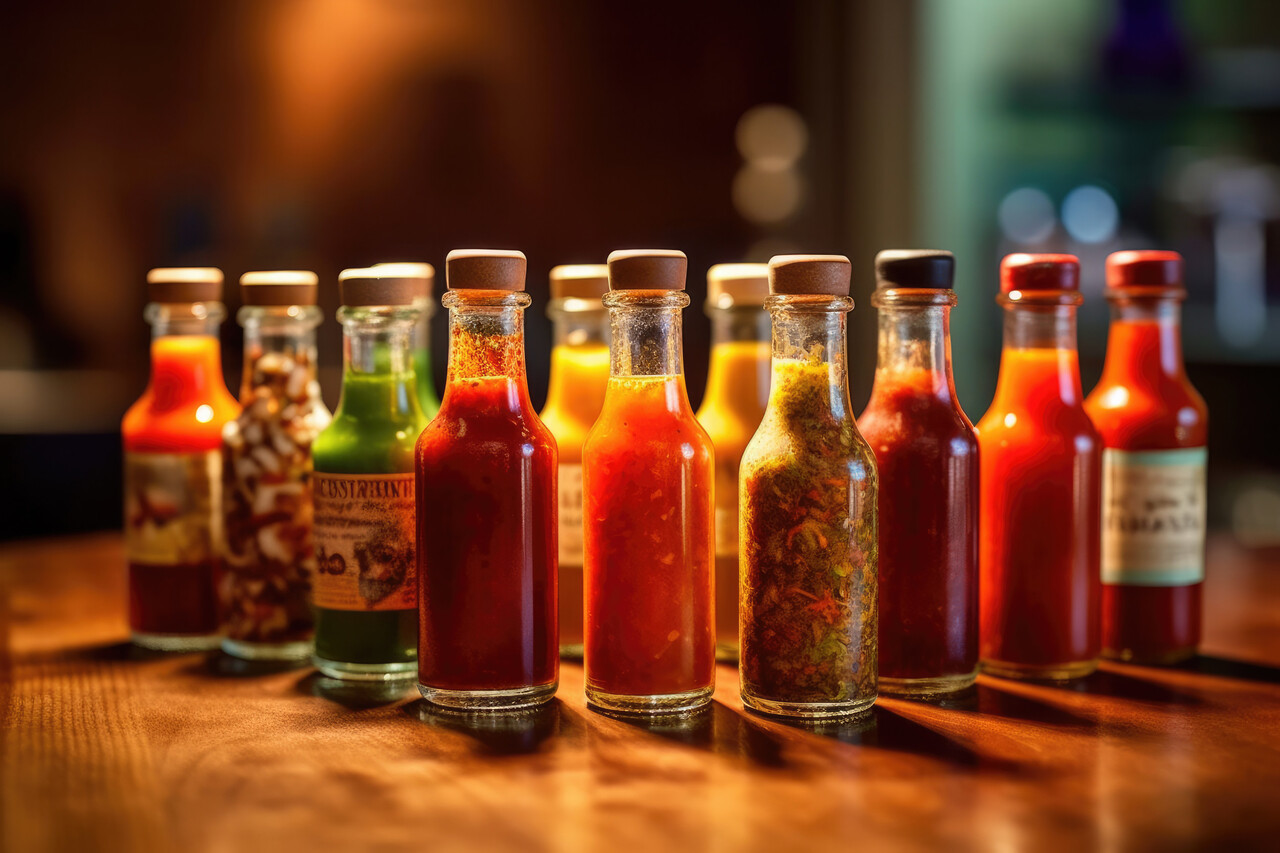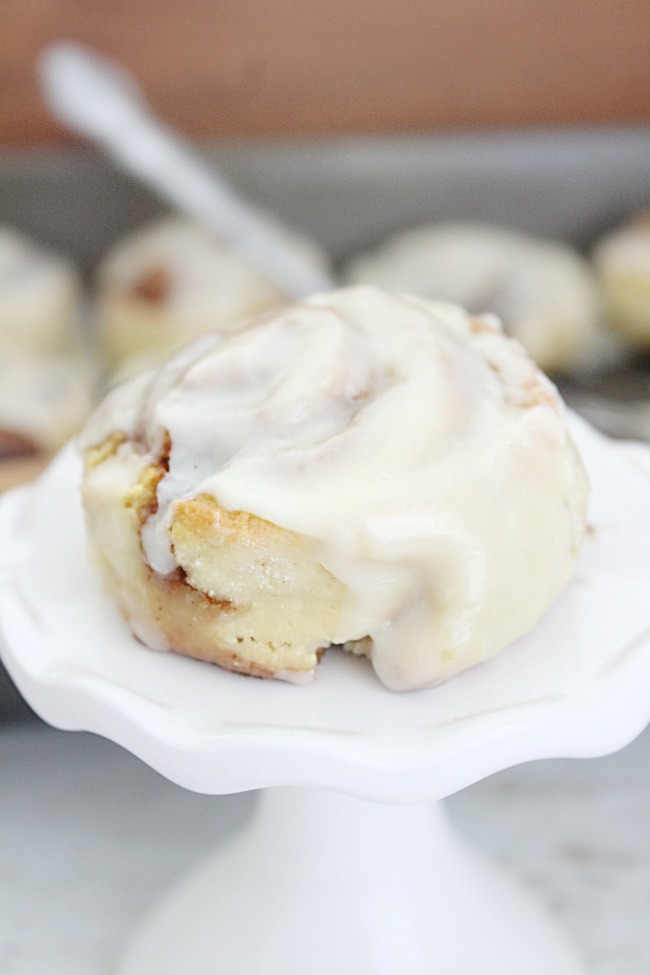Why Everyone’s Obsessed With Midwest Caramel Apples
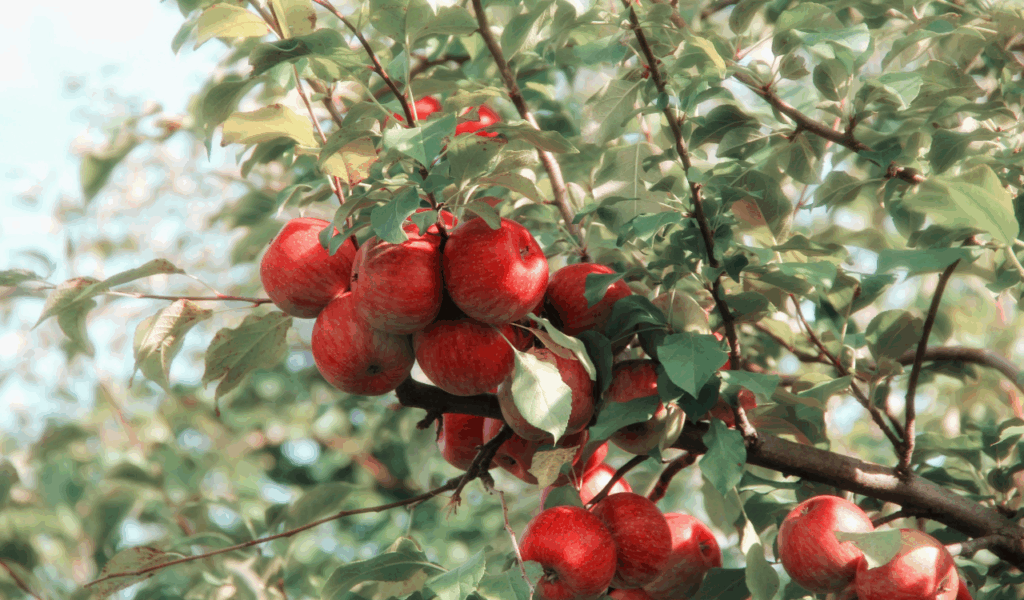
Picture yourself walking through a beautiful autumn orchard in the Midwest, with the smell of apples in the air and a shiny, caramel-covered delicacy in your palm. Caramel apples are definitely cute, and lately their cuteness has morphed into a full-blown infatuation. These delicacies are having a moment, whether it’s the crunch of the apple, the buttery draw of the caramel, or the rich reminiscence of fall festivals. Let’s talk about why Midwestern caramel apples are so trendy right now, what makes them so popular, and how this simple treat fits into wider changes in culinary culture.
1. Regionally Rooted, Historically Delicious
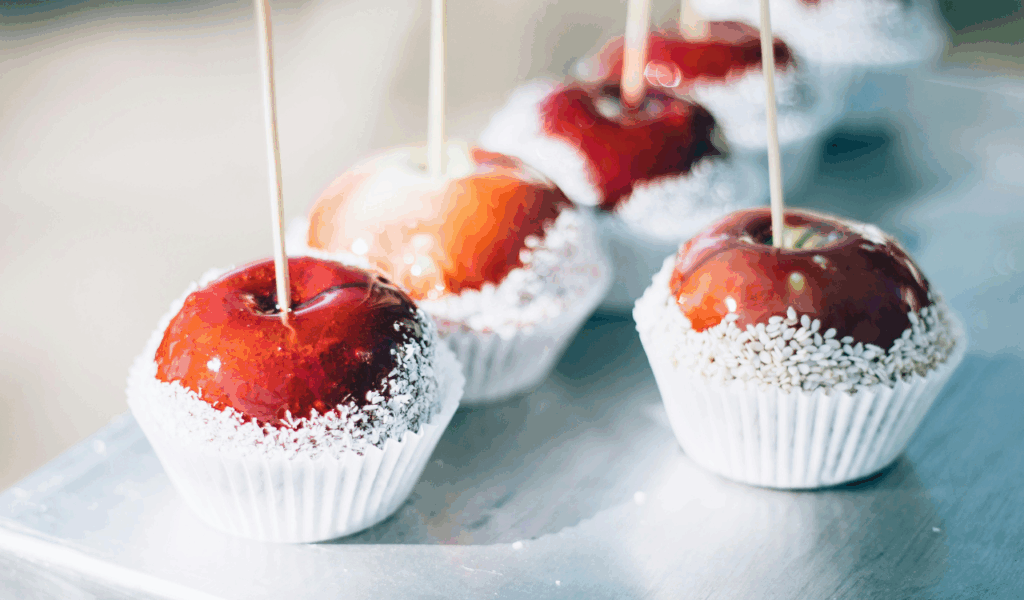
Midwest apple culture meets confection craft
Apple picking is more than just a fun thing to do in the Midwest; it’s part of the area’s history. States like Michigan, Minnesota, and Illinois have been growing a lot of apples for a long time and holding fall festivities around the harvest. Affy Tapple is a famous brand from the Midwest that has been creating caramel apples in the Chicago area since 1948. They still use the same recipe and sell them all across the country.
A treat from fairs to family tradition
Caramel apples became popular at fairs and festivals, especially in places with a lot of apple orchards. Families looked forward to these celebrations because they could enjoy the sticky-sweet delight and make happy memories. Michigan’s fall festival circuit, for example, features caramel apples as a popular treat that comes directly from the state’s apple harvests.
This regional grounding makes caramel apples real; they’re not simply a snack, they’re a taste of a location, a season, and a tale.
2. Flavor & Nostalgia: A Perfect Autumn Combo

Tart fruit meets warm caramel
One technical reason the dessert works is that the contrast between a crisp, somewhat acidic apple and sweet, creamy caramel makes for a rich sensory experience. Granny Smith apples are great because they can handle being coated.
Nostalgia fuels demand
Caramel apples bring back memories of hayrides, pumpkin patches, and childhood festivities. That emotional draw makes them more than just dessert; they become moments. This is backed up by the seasonal flavor cycle, which says that caramel apple flavor was the fastest-growing snack flavor in the fall, at one point gaining 74% of the market share.
So when someone eats one, they receive taste, texture, and memory.
3. Market Momentum: Why the Treat Is Trending
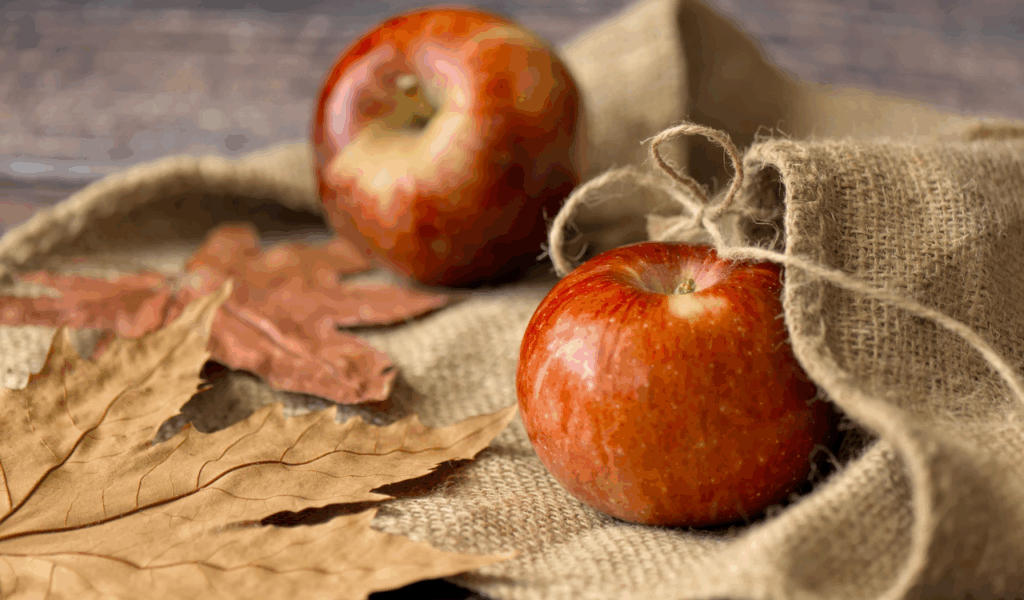
Confection and apple dessert trends
The caramel market as a whole is growing steadily. Global projections predict that the market will reach roughly $5.8 billion by 2033, as caramel becomes more common in drinks, snacks, and desserts. Apples as a taste combo (with caramel, cinnamon, and chocolate) are still popular in food trends statistics.
Regional brands scaling and national availability
Affy Tapple and other Midwestern companies show how a local pleasure may grow. The Chicago Sun-Times said that the company handles “nearly 300,000 apples per day” during its busiest time, which shows how big it is.
So, a mix of regional heritage and wide distribution makes caramel apples a seasonal hit.
4. Why It’s Hitting Now: Cultural & Consumption Drivers
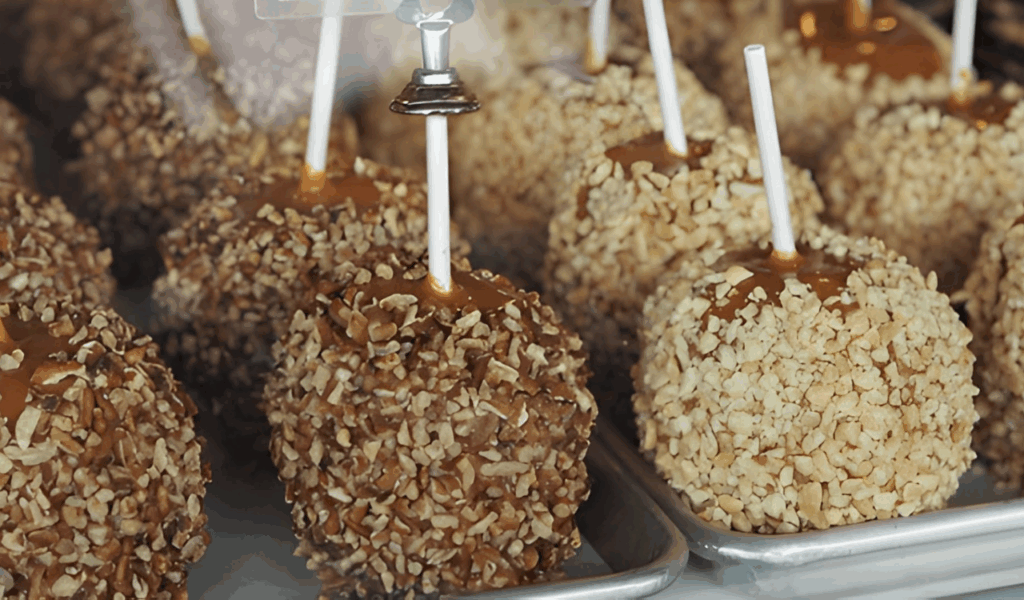
a) Seasonal celebration and social media
Fall has become an attitude and a look. Think of pumpkin spice, warm sweaters, and apple cider. Caramel apples match the social media-friendly image: they look well in pictures, can be shared, and are a treat that is also related to nature and harvest.
b) Snackification and indulgence
People are more and more looking for snacks that are quick, easy to share, and fun to eat. Caramel apples fit the bill because they’re enjoyable to eat, portable, and make you feel special.
c) Innovation-friendly
Do you like the seasonal treat? You can add nuts, chocolate drizzle, candy bits, or gourmet salts to caramel apples. Also, you can make them vegan or “cleaner-label” simply changing the coatings. The caramel market says that artisanal and healthier options are growing.
d) Localism and craft authenticity
People are drawn to food with a story and a history, so a caramel apple prepared with local apples and small-batch caramel near the orchard feels like it fits with the value of being real. It’s not just sugar; it’s craft.
5. How to Join the Trend (Without Losing the Crunch)
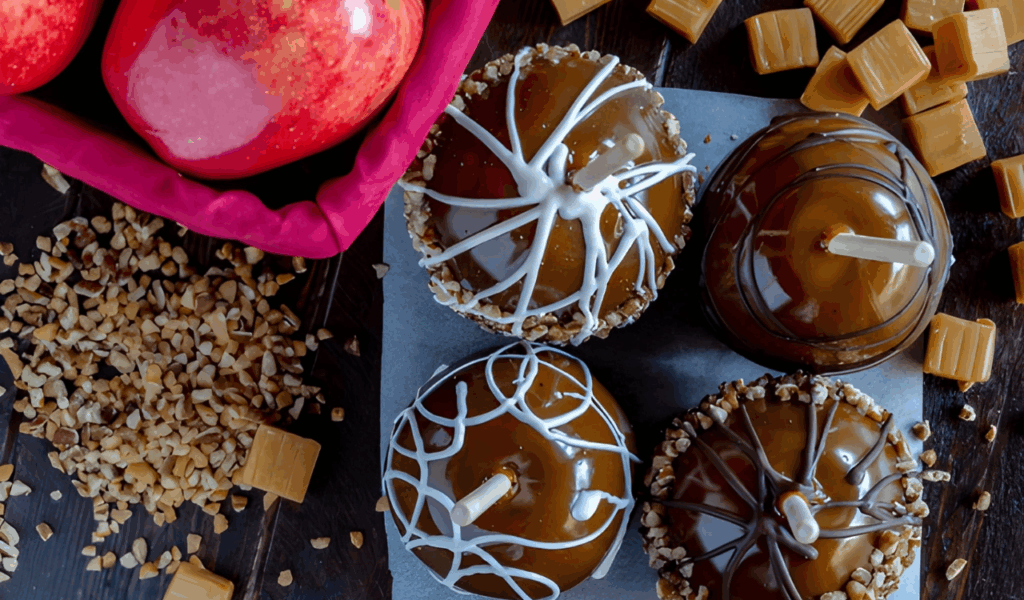
- Choose the right apple: Find apples that are crisp and solid and have a good blend of sweet and sour.
- Ask for high-quality caramel: it holds better and tastes better when it’s softer, and a chewy texture makes it even better.
- Think carefully about the toppings: Chocolate makes everything richer, and nuts give texture. But don’t add too much or you’ll lose the apple.
- Use it as a seasonal centerpiece: Putting out caramel apples at fall parties, festivals, or events helps them look better and makes them more than just dessert.
- Tell the story: When you buy or give caramel apples from a local producer, make sure to mention where they came from. It gives them more value and a reason to discuss.
